We have much more to do and your continued support is needed now more than ever.
Alaska State Government Quietly Wars on Grizzlies
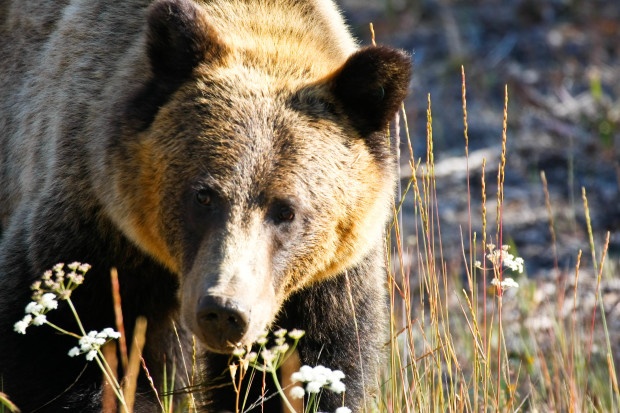
For the past 30 years, the state of Alaska has worked to reduce bear and wolf populations in the hope it will lead to more moose and caribou to hunt.
The war on wolves has gotten the most attention, but the state has quietly taken steps to reduce grizzly bear populations too. Now, a National Wildlife Federation biologist and three other authors, all of whom are retired Alaska Department of Fish and Game bear experts, have published an article in the Wildlife Management Journal that details this hidden effort.
The article documents the extent to which state biologists have used liberalization of hunting regulations in an effort to reduce bears. Officially, this isn’t defined by the state as “predator control” but the effect is largely the same. As just one example, in the last 40 years, the state raised the “take” limit on grizzly bears, or how many animals an individual can kill, from one bear every four years to at least one bear a year in 76% of the state. Similar regulation liberalizations occurred for season lengths and waivers of tag fees for resident hunters.
The state’s sneaky bear reduction policy has resulted in a lot more bear kills. The authors show that in the more than three-quarters of the state evaluated, the average take of grizzlies has increased from 387 per year in 1980 to 827 per year in 2008.
National Wildlife Federation is working to protect the bears of Alaska. In Bristol Bay, for example, bears are threatened by a proposal to build the largest open pit mine in North America in the headwaters of the largest sockeye salmon ecosystem in the world.
![]() Help us protect the brown bears of Bristol Bay! And if you have a good story about seeing a grizzly in Alaska, let us know.
Help us protect the brown bears of Bristol Bay! And if you have a good story about seeing a grizzly in Alaska, let us know.









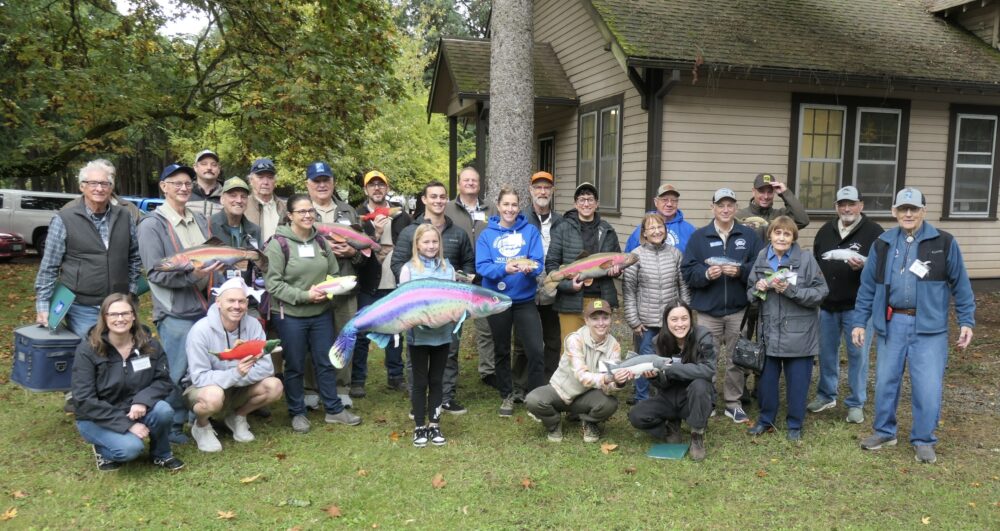
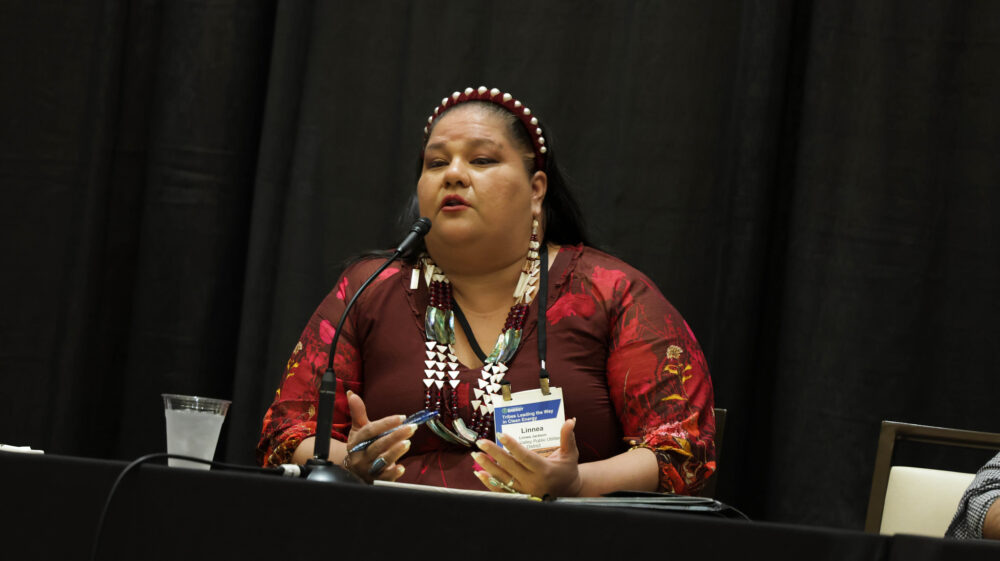
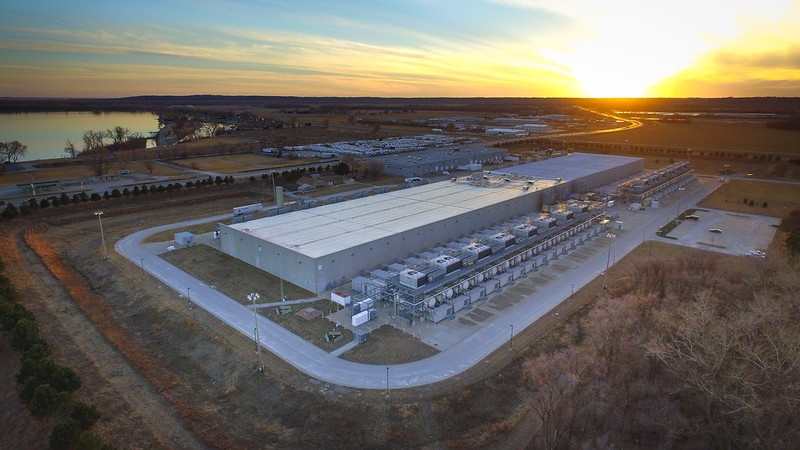


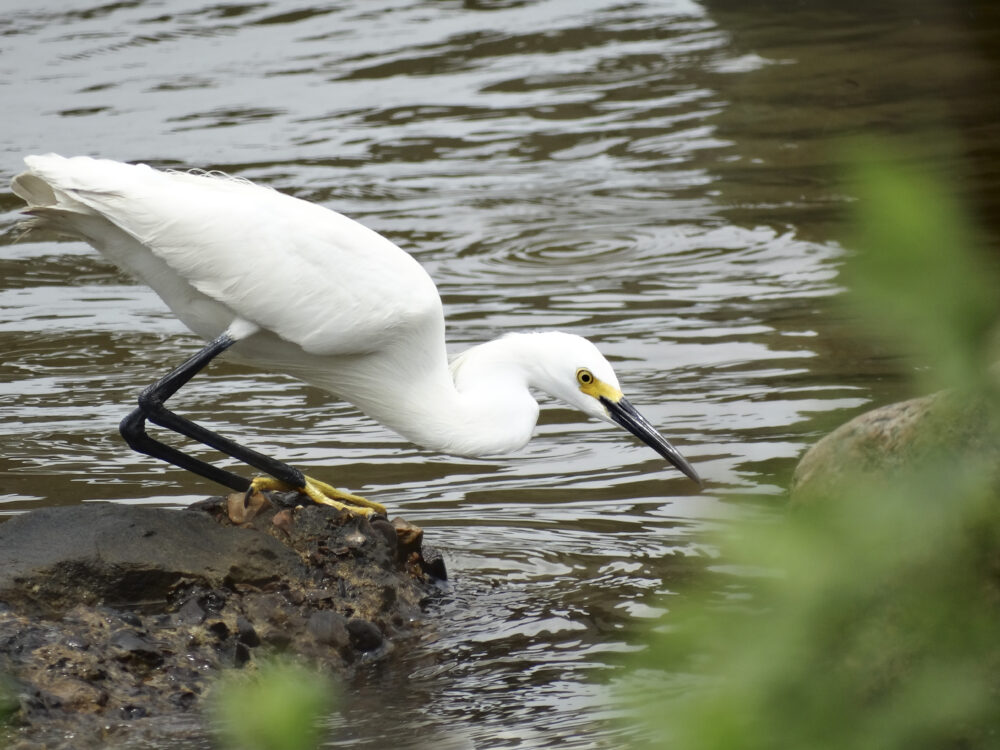
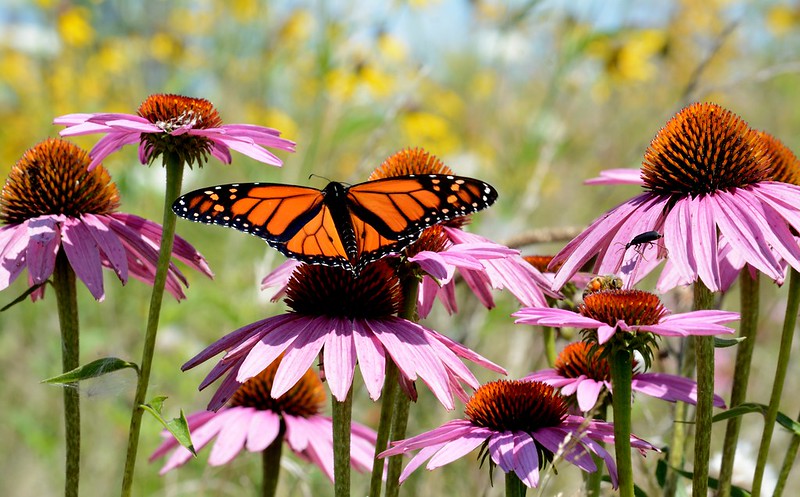





Building Momentum: What’s Next for Beaver Conservation in Colorado